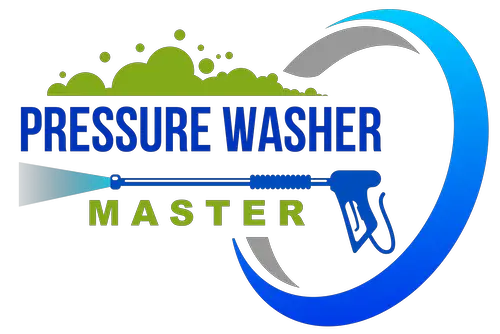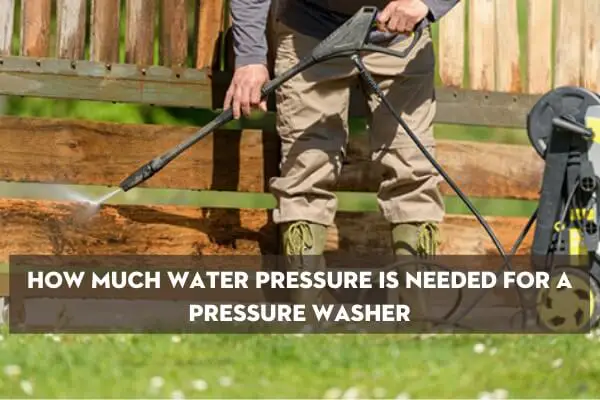One of the deciding criteria when purchasing a pressure washer should be the amount of pressure it needs.
You can’t buy a unit without first verifying your water supply, even if you’ve chosen the perfect one. This is because the pressure washer’s GPM (gallons per minute) figure must match the capacity, or pressure, of the water supply.
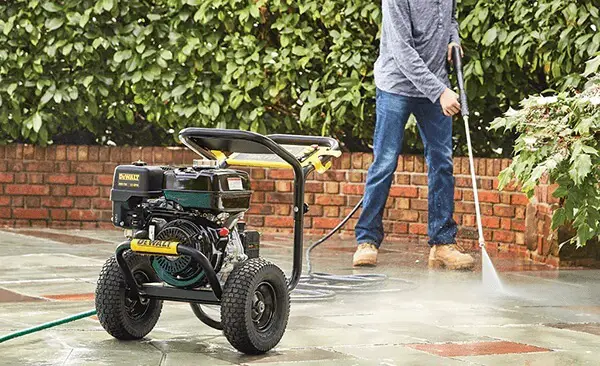
Most people fear that utilizing pressure washers with a water source with low water pressure may damage their equipment. However, what I learned is that it frequently requires less water pressure than I had anticipated.
So, to return to the original question, “How much water pressure is needed for a pressure washer?”. This post will help you find out.
How Much Water Pressure Is Needed For A Pressure Washer?
If you turn on your household water spigot all the way, you’ll get around 30-40 PSI (Poundper Square Inch). So how much pressure do I need in a pressure washer? According to most pressure washer manufacturers, the water supply to the machine should be around 20 PSI at all times.
As a result, if you utilize an outside faucet in your home, you should never have to be concerned about a low water pressure washer. Instead, you will generate enough pressure for thorough cleaning if you turn it on halfway or higher.
However, you should think about whether your garden hose can provide enough pressure for your pressure washer. Because of the distance, the water must travel, a 100-foot garden hose will have lower PSI at the end than a 50-foot garden hose.
Your garden hose may be pushing closer to 15-20 PSI if it’s connected to a faucet that’s just halfway turned on. Stretching it beyond 100 feet may cause you to lose the PSI you need to utilize your pressure washer correctly.
What Happens If The Water Pressure Is Lower Than Needed?
Cavitation is the central issue you’ll have if your water supply’s pressure isn’t high enough. Several symptoms occur at the same time. The first indicator is a reduction in capacity, which is generally accompanied by a considerable decline in inefficiency.
The pressure washer will get louder and vibrate a lot more when the water within the water supply becomes saturated with a cavity (which is simply a fancy name for bubbles).
Cavities leave a low-pressure area and enter a higher-pressure area, causing this to happen. This usually results in explosions that shatter the pump, including the metal parts.
What Are The Factors Of Low Water Pressure?
1. Gravity
Gravity either accelerates or slows the flow rate of water. The lower the water pressure, the higher the height at which water must be delivered. We also have to consider the fact that a gallon of water weighs more than 8 pounds. Gravity tries to send water back down if it flows upwards or up to several levels.
Buildings that are lower than their water supply may not have the same issue. However, a big booster pump must carry water up to several floors in skyscrapers, apartment complexes, and houses and businesses with numerous levels.
2. Distance
Water pressure is affected by the distance from the water source and the size of the water pipelines. For example, water flow may be low by the time it reaches your house or company if you are near the end of the water delivery line. In addition, if your water pipes are too tiny, less water will flow through your fixtures.
3. Low Water Pressure Region
Even though your home is underneath the water supply line and your plumbing pipes are clear, you may still have low water pressure. Low water flow is sometimes caused by low-pressure water from your local water plant.
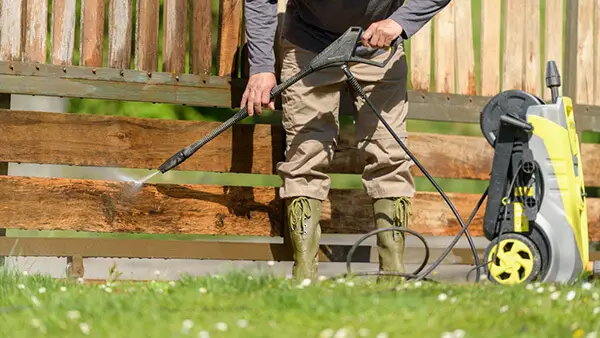
4. Plumbing problems
Plumbing issues, on the other hand, maybe the reason in some cases. It’s possible that the pipes are blocked or that the pressure-lowering valve has to be adjusted.
How Can I Measure The Pressure Of The Water Supply? Measuring Water Flow Rate And Pressure
All you’ll need is:
- a stopwatch
- a 2-gallon bucket if you’re going to use an electric pressure washer
- a 25-foot, 3/4-inch diameter hose if you’re going to use a gas-powered pressure washer
Now fully open the faucet and fill water in the bucket. In the example of a 2-gallon bucket, if it fills up in less than a minute, the water pressure is sufficient.
Even with the more powerful gas-powered washers, if a 5-gallon bucket is at least 3/4 filled in 1 minute, your water pressure is more than enough.
More precisely, count how long it takes to fill a 1-gallon bucket and divide 60 by the number of seconds you counted. So, if filling the bucket took 15 seconds, then your water flow would be 60 / 15 = 4 GPM.
Check out another option for measuring water pressure here:
How To Get Much Pressure For A Pressure Washer When Water Pressure Is Low?
A booster pump is a possible solution for your house if you have low water pressure because it can enhance water pressure throughout your home. This includes the fixture, which your pressure washer can connect to. If you need additional pressure inside your home, a booster pump is a possible choice.
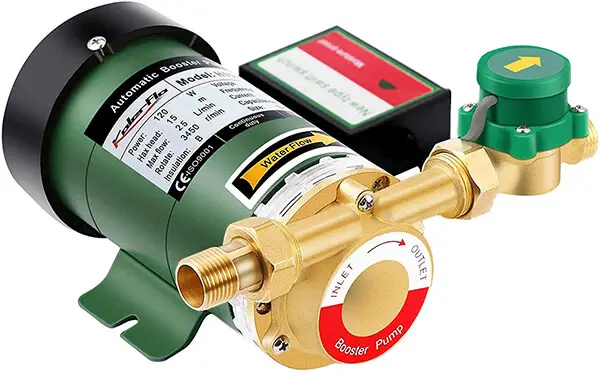
The question then becomes whether your well can generate enough water to justify the usage of the booster pump. You won’t be able to operate your pressure washer safely if your well doesn’t generate enough water to meet the demands of the booster.
For the booster, you may need to build another water storage tank. The additional tank will store more water until needed, ensuring that your pressure washer does not run dry.
Conclusion
If you didn’t know the answer to the question “How much water pressure is needed for a pressure washer?” there you have it. You also know a quick and easy technique to see if your water supply can generate adequate pressure for the pressure washer to work correctly. So now buy your dream pressure washers and clean your home!
Further reading:
